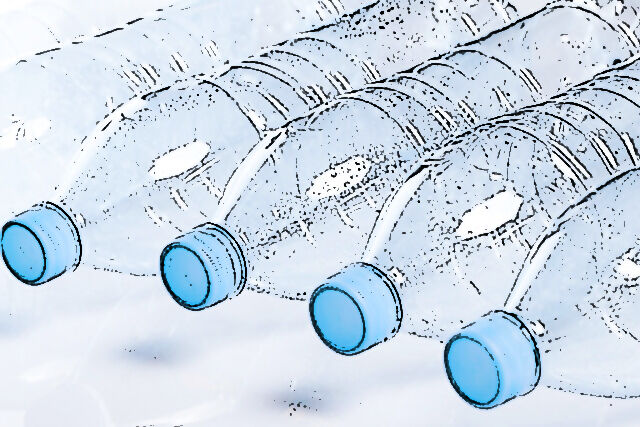Pet Recycling
Consulting
On my way to improve the recyclability of PET bottles, my aim is; is to leave a livable world to children and future generations.
In order to recycle waste PET bottles in the most accurate and highest quality way,
- Correct planning of the investment and installation stages of the PET Bottle recycling plant,
- Increasing the performance of the production process,
- Correct application of quality control methods
- Accurate evaluation of the production stage in terms of quality
- Selling and marketing the final product to the right market under the most appropriate and effective conditions.
- In the processes of supplying the needed waste plastic bottles
I offer a comprehensive consultancy service. For details, you can contact us via the contact form at the bottom of the page.

What is PET?
PET, polyethylene terephthalate (also known as PETE), is a strong, tough synthetic material that is part of the thermoplastic family, meaning it can be heated, melted and cooled in many shapes and sizes. Made from a combination of oils and petrochemicals, it is popular in the manufacturing industry for the production of bottles and jars. In fact, almost every plastic bottle is made from PET. Suitable for a variety of beverages, including carbonated, still and dilutable drinks, juices and bottled water.
The material offers a protective barrier against CO2 and light, repels microorganisms and is EU/NSF/FDA tested and approved. PET is lightweight, can have a very clear appearance, and resembles glass when placed. It is strong, non-reactive and unbreakable, enabling the material to meet high safety standards for food, beverage and personal care products. It is so strong that it can be subjected to HPP (high pressure processing), a form of heatless pasteurization.
BASIC PRINCIPLES OF PET BOTTLE RECYCLING DIRECTIVES
Avoid using materials and/or components that are known to interfere with the PET recycling process or degrade the quality of recycled PET.
CONVERSION EFFICIENCY
Reduce the amount of non-PET components for ease of separation and recycling efficiency.
DIFFERENCE IN DESIGN
Design components such as caps and labels so that they can be separated and disposed of easily, safely, cost-effectively and quickly from recycled PET.
ENVIRONMENTALLY FRIENDLY PRODUCT
PET is preferred for plastic bottles (and other uses) as it is 100% recyclable and highly sustainable. It can be repeatedly recovered and turned into new products, reducing the amount of wasted resources.